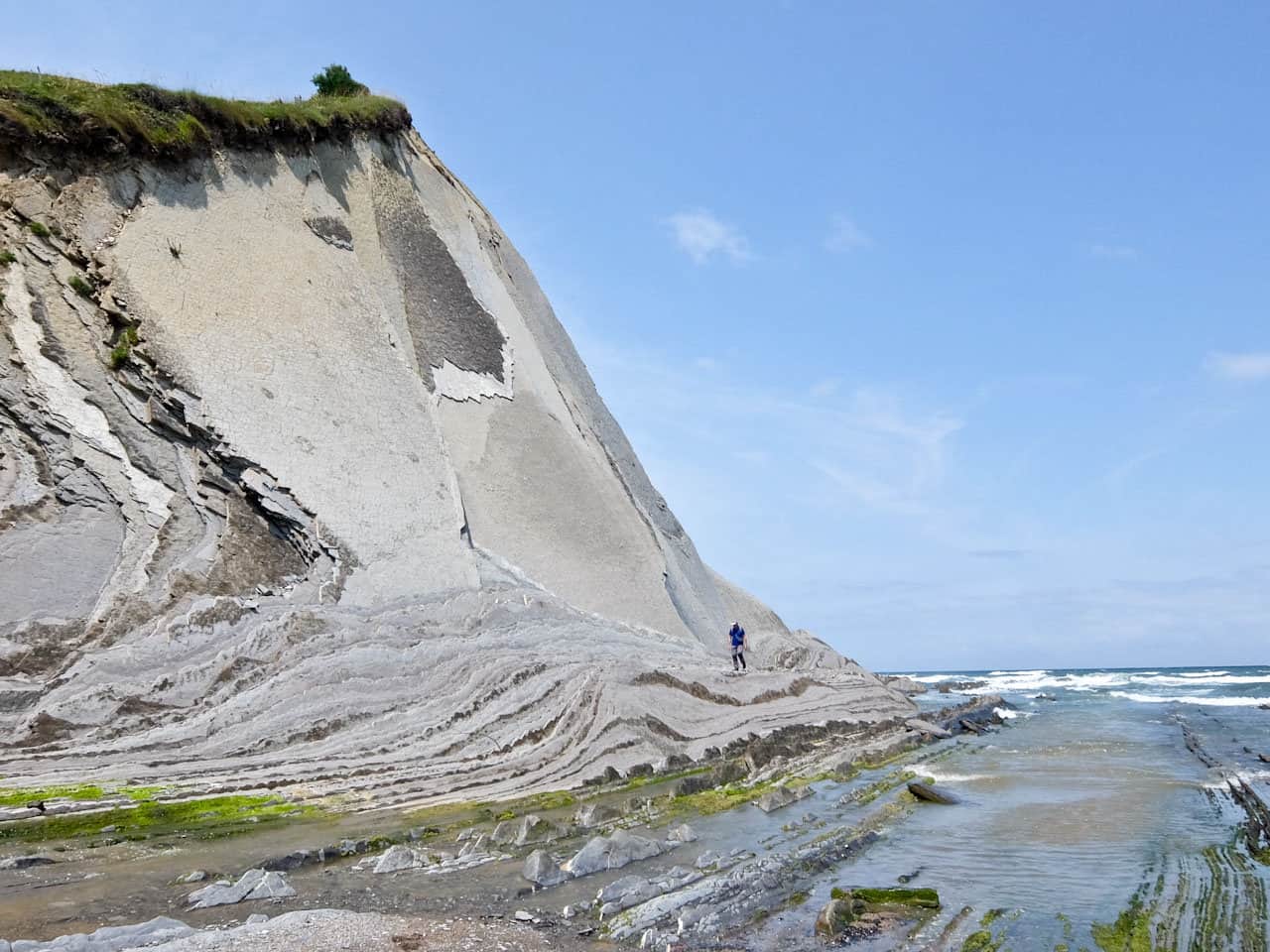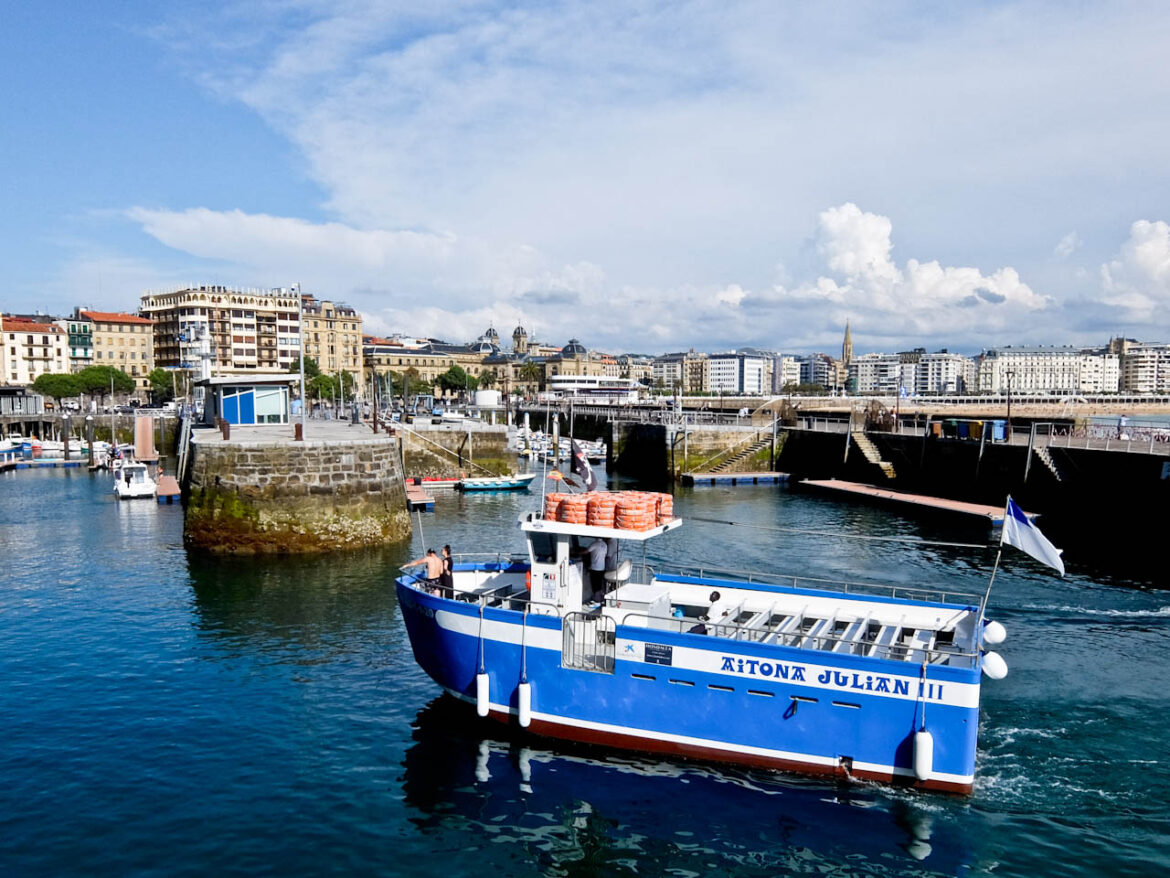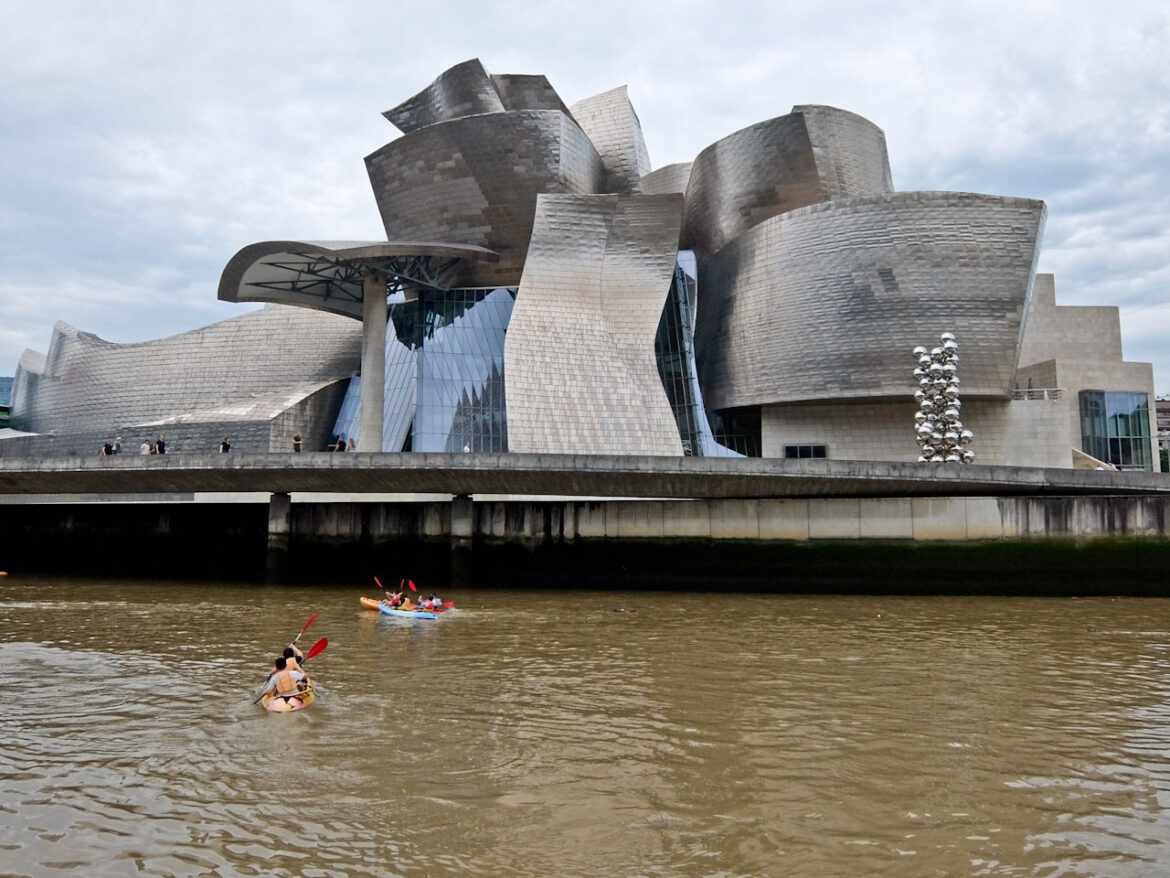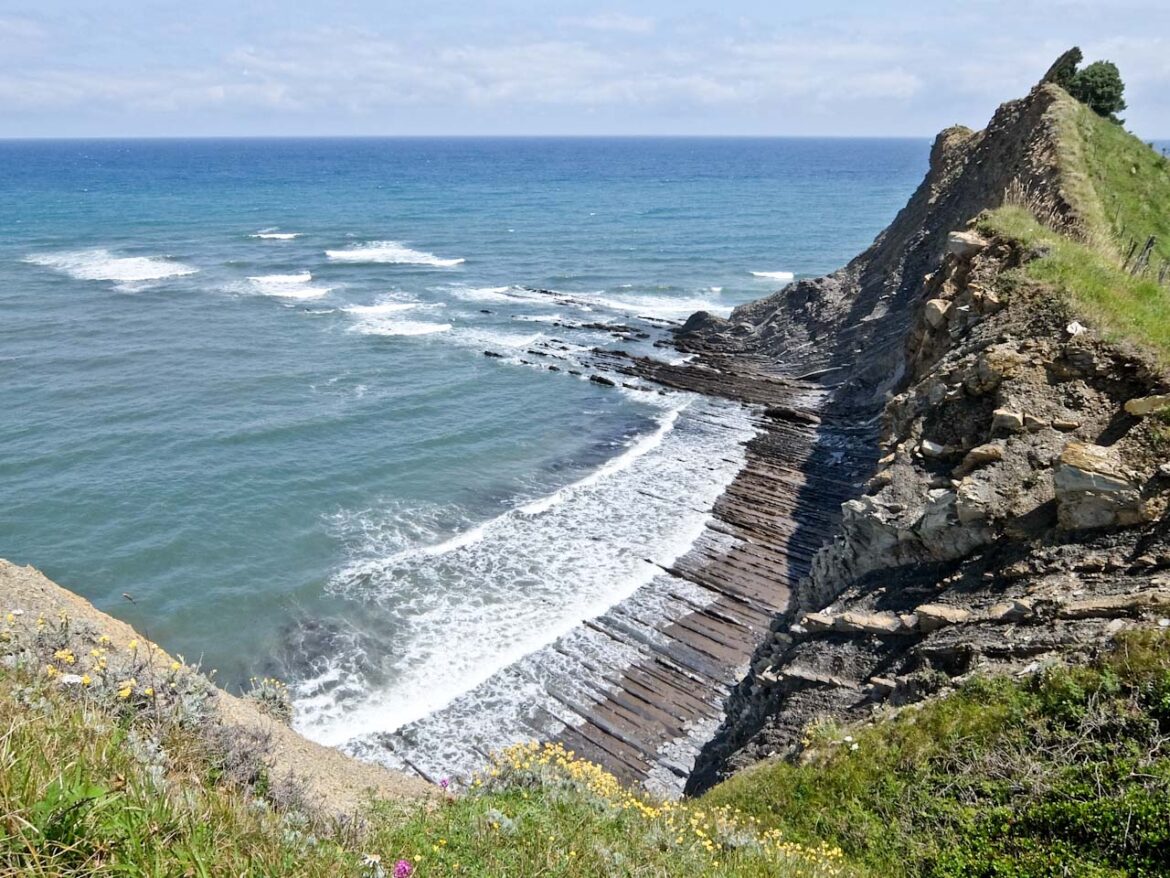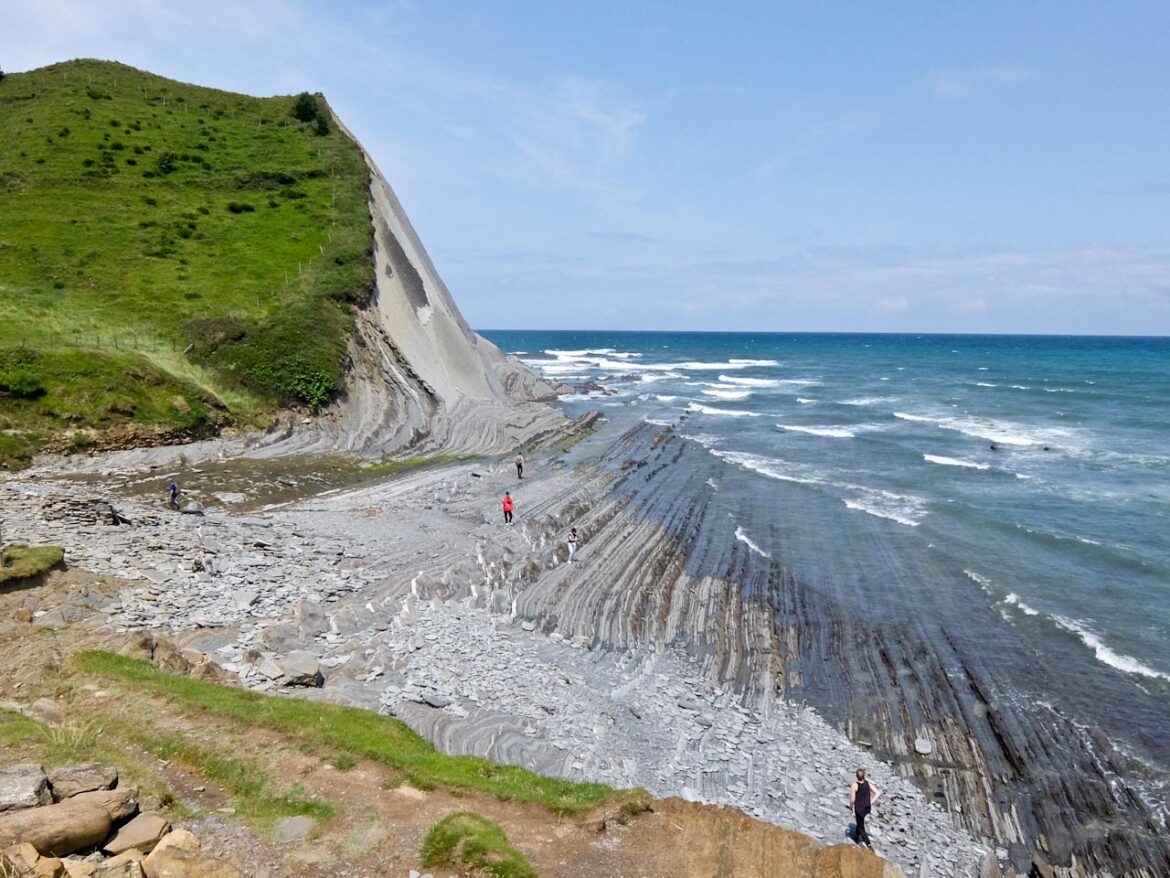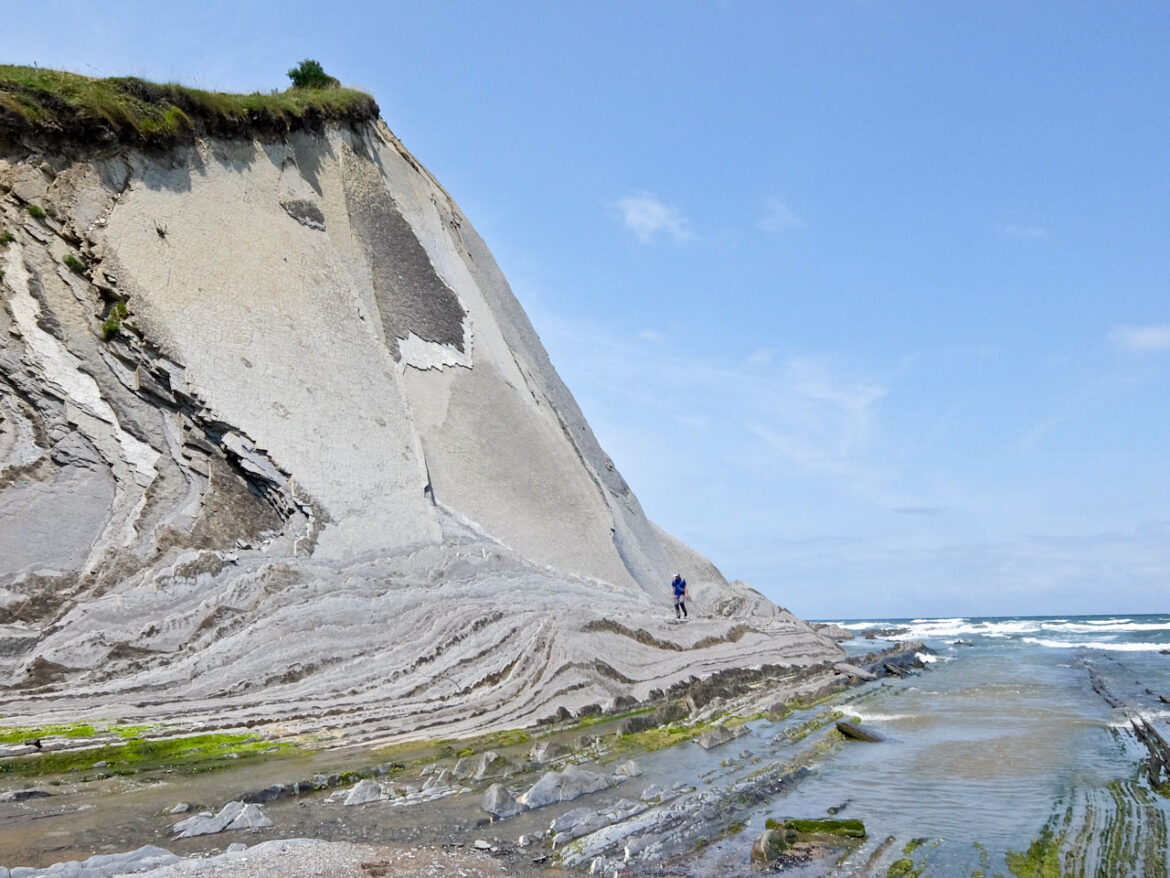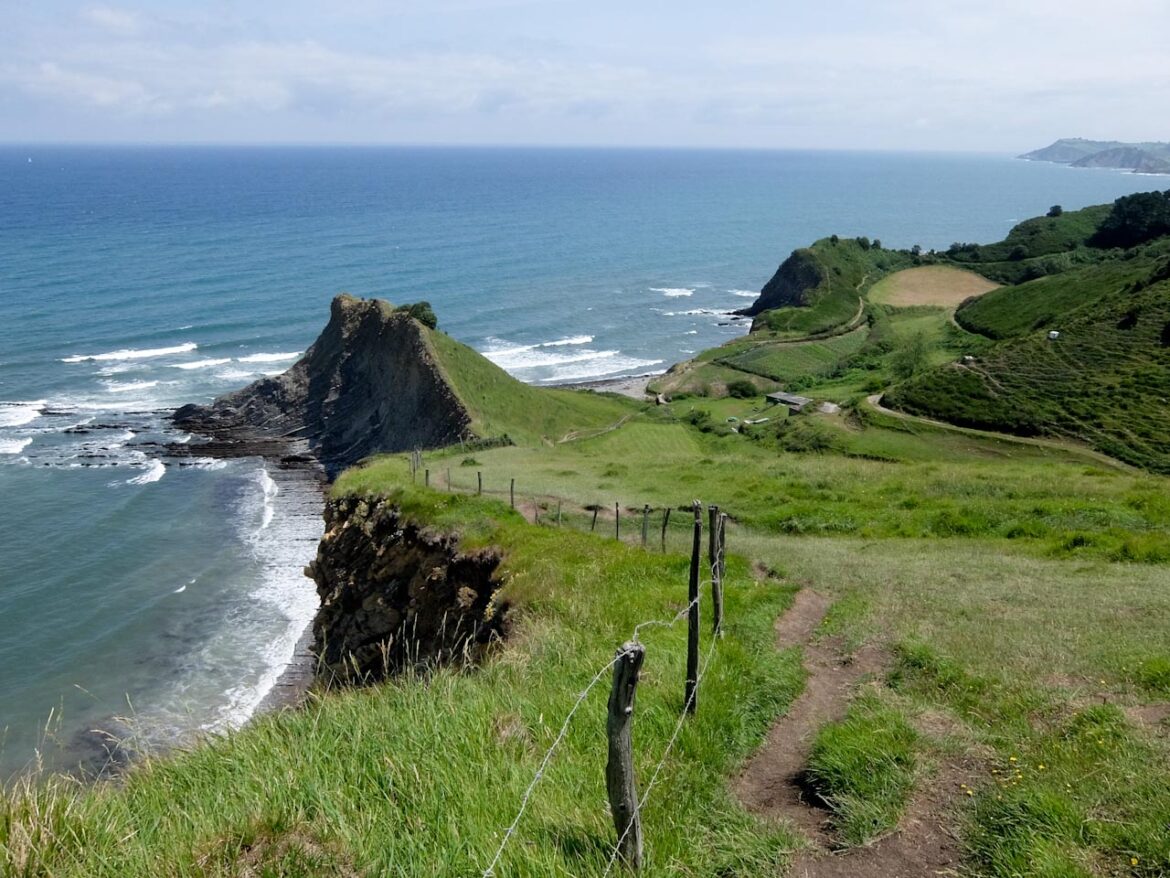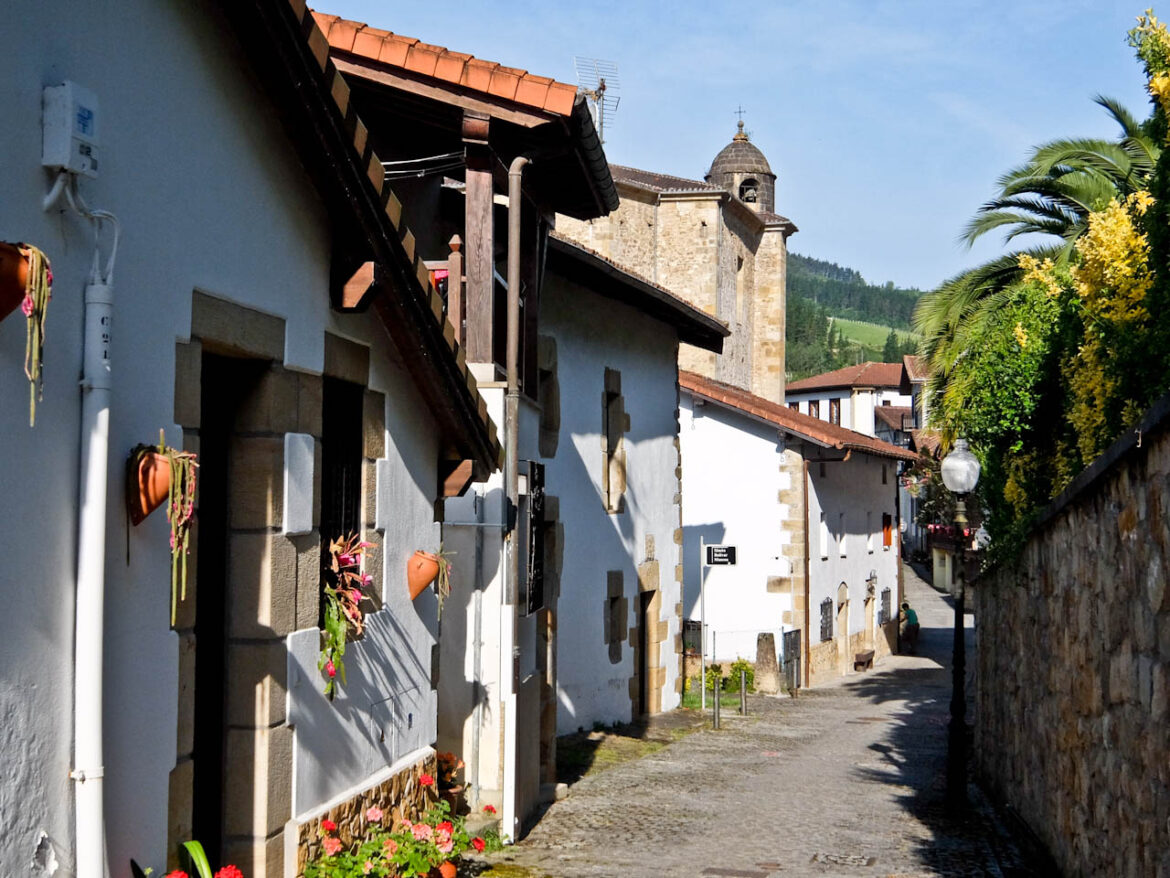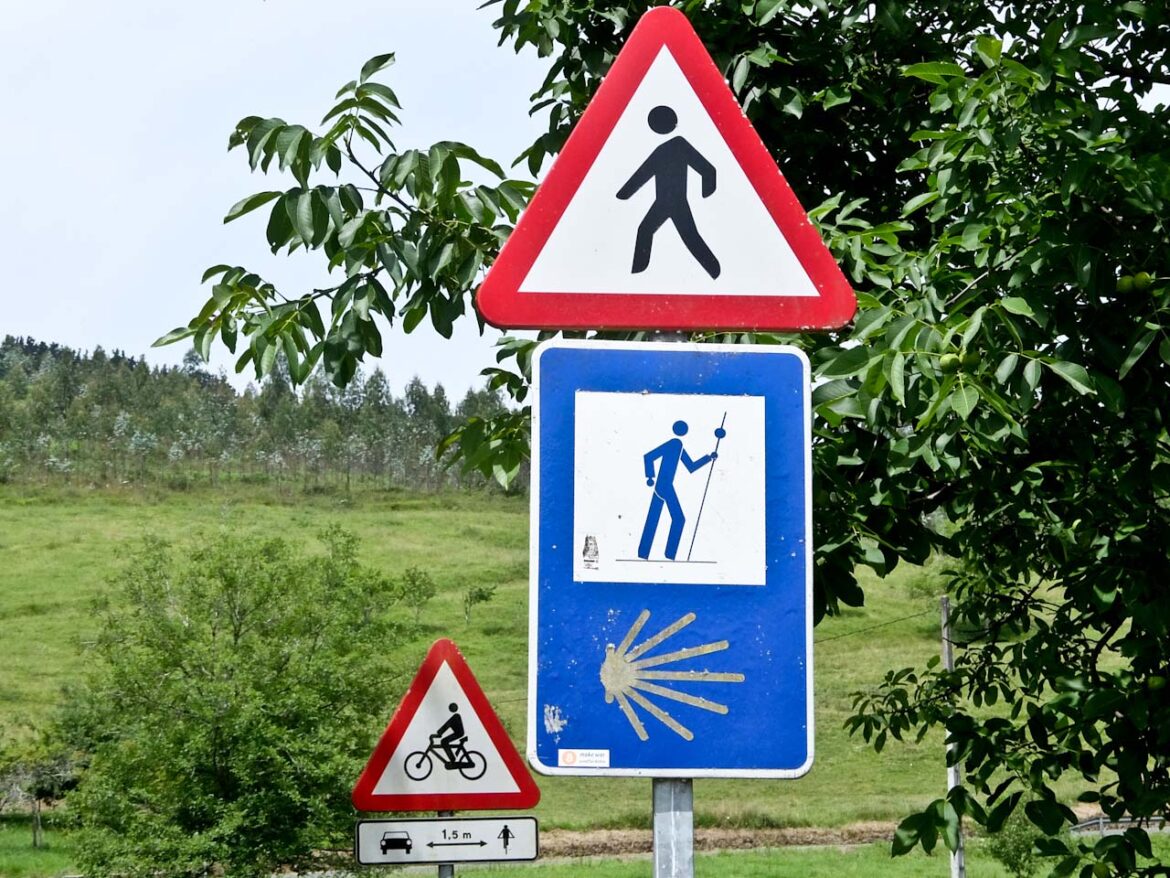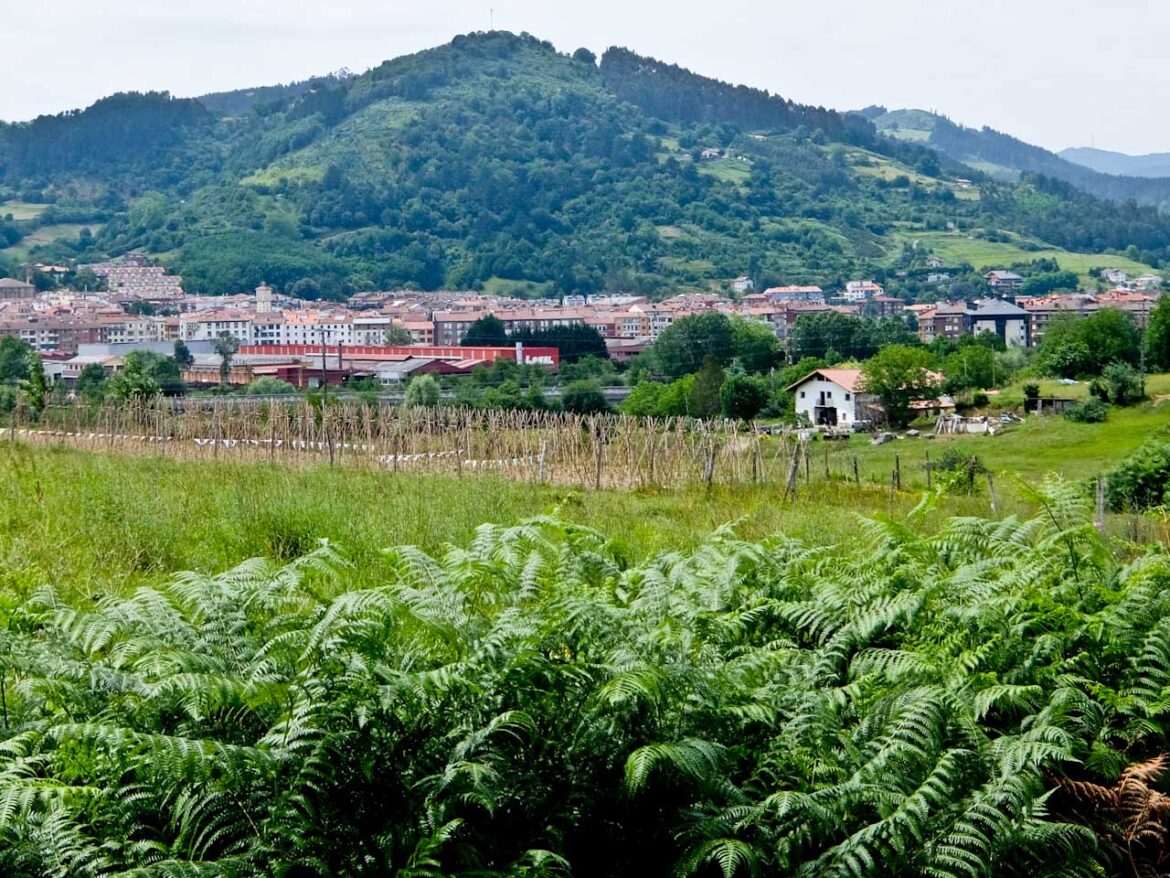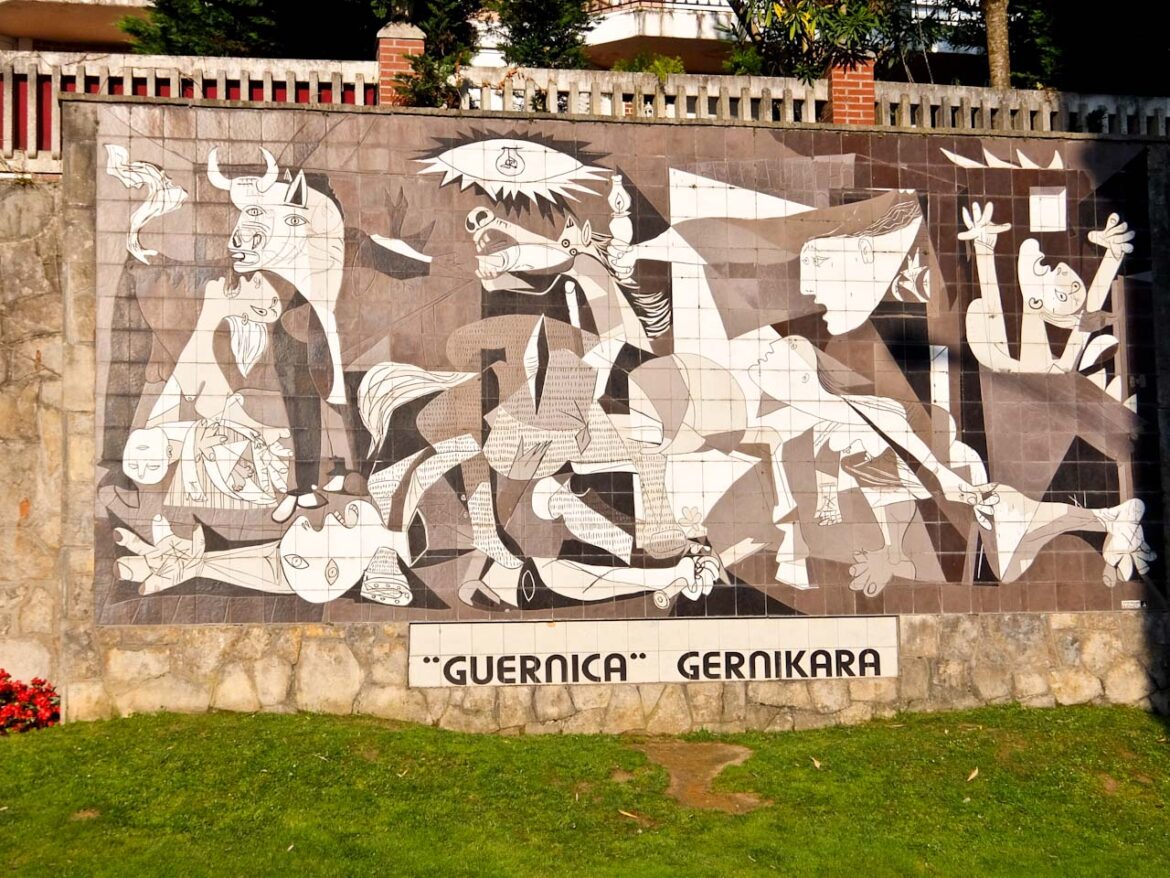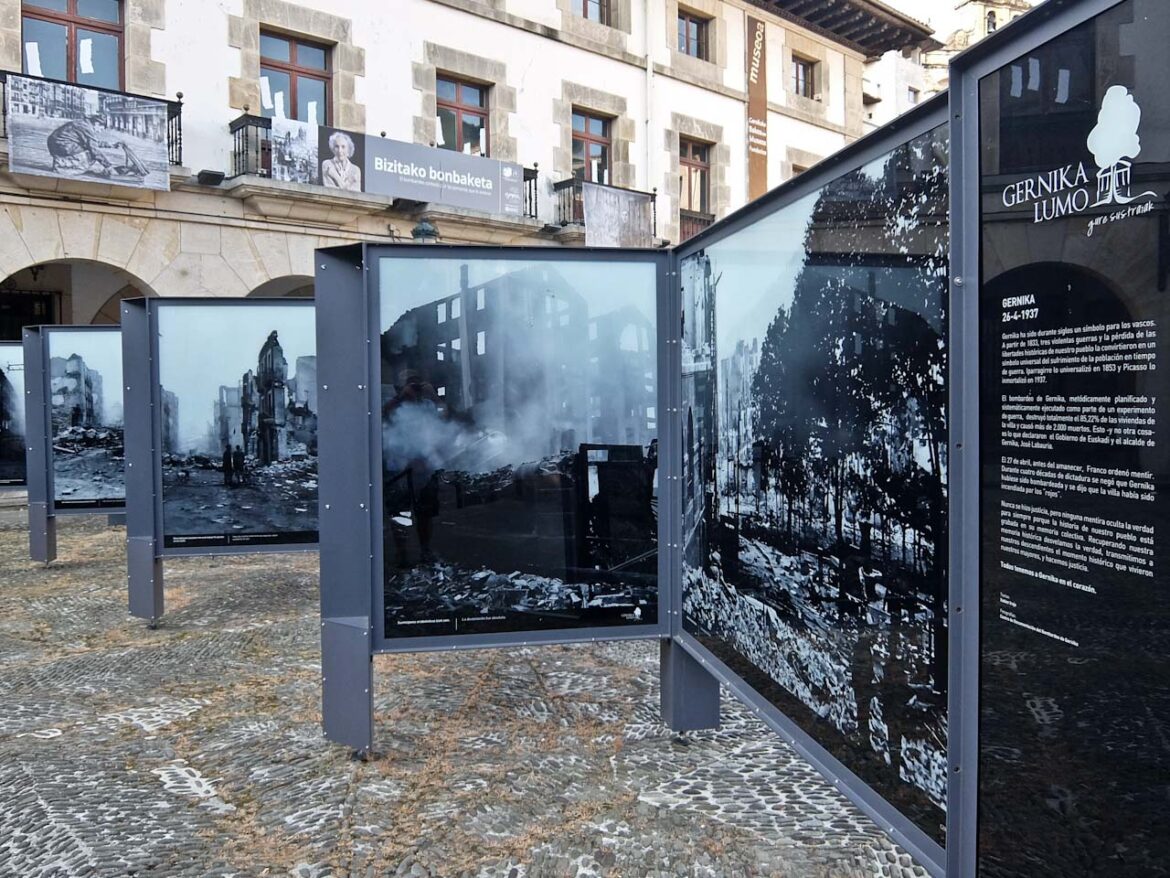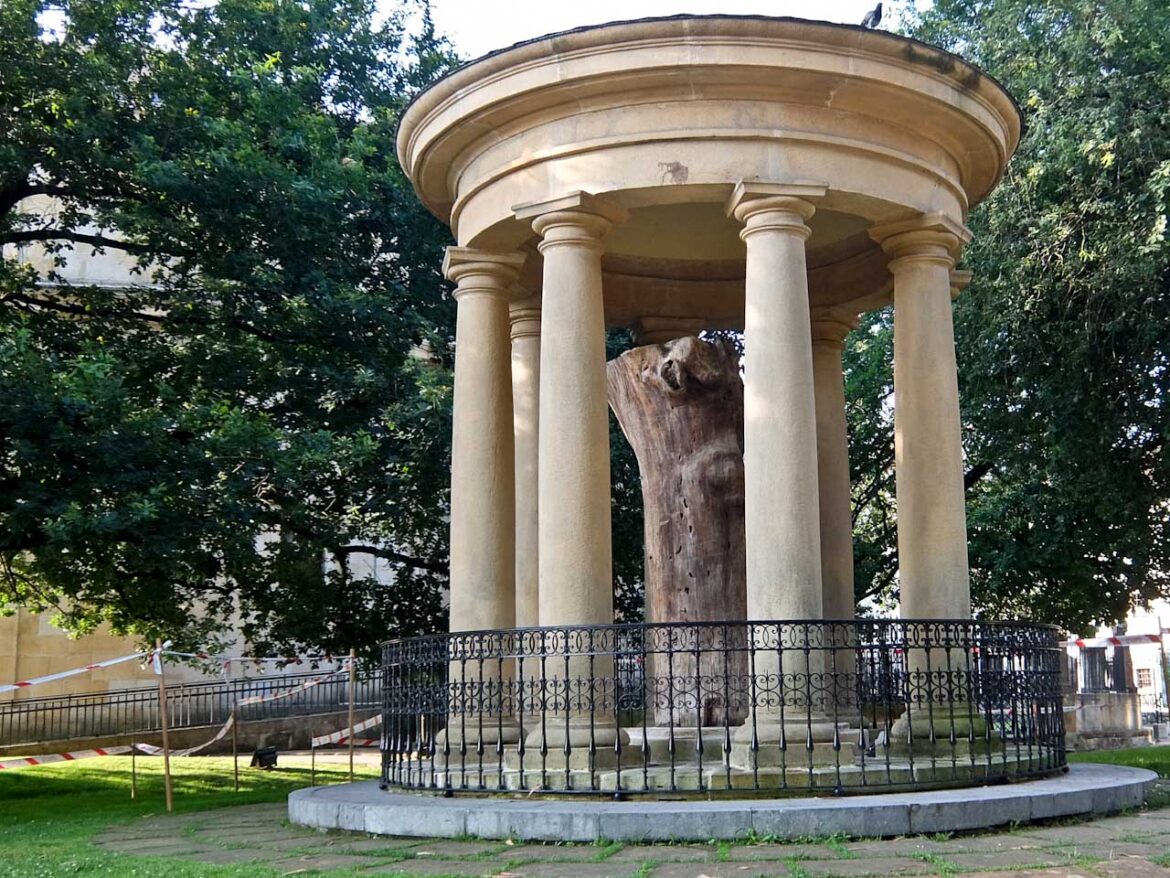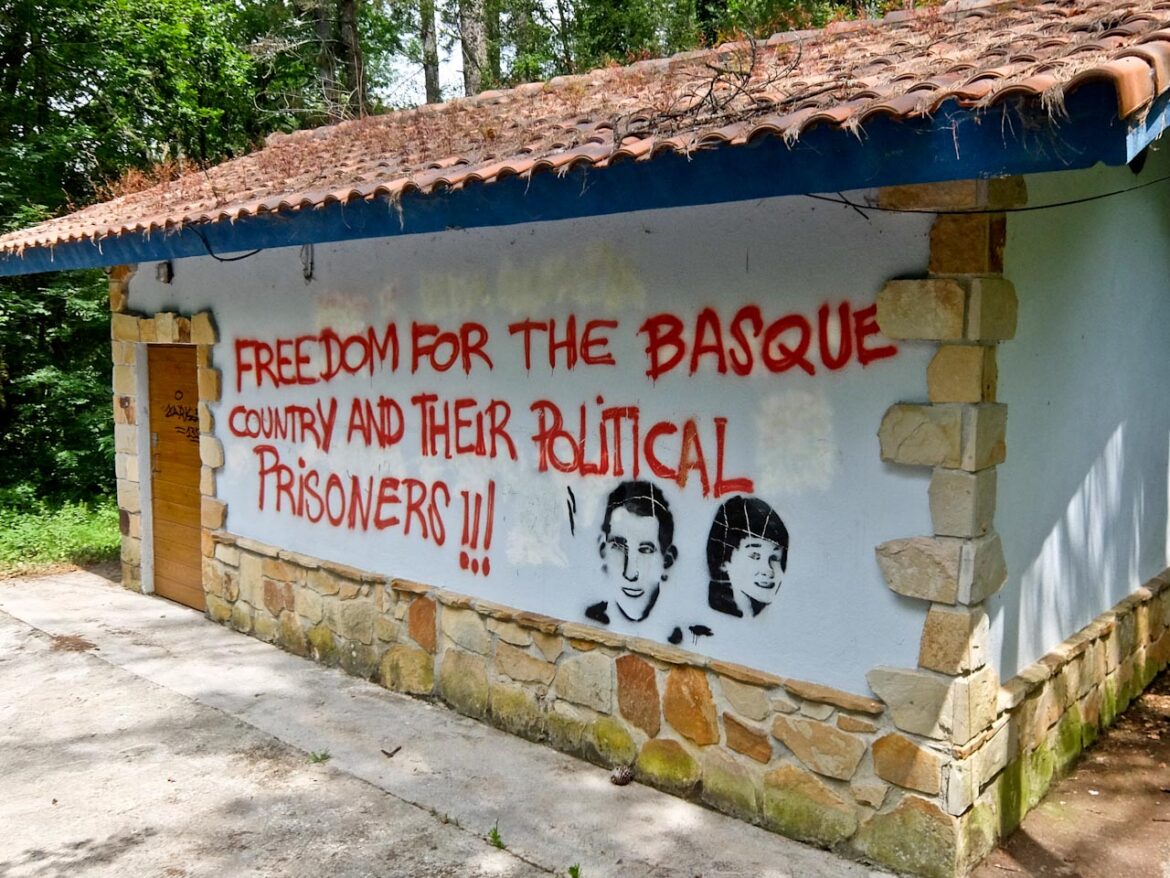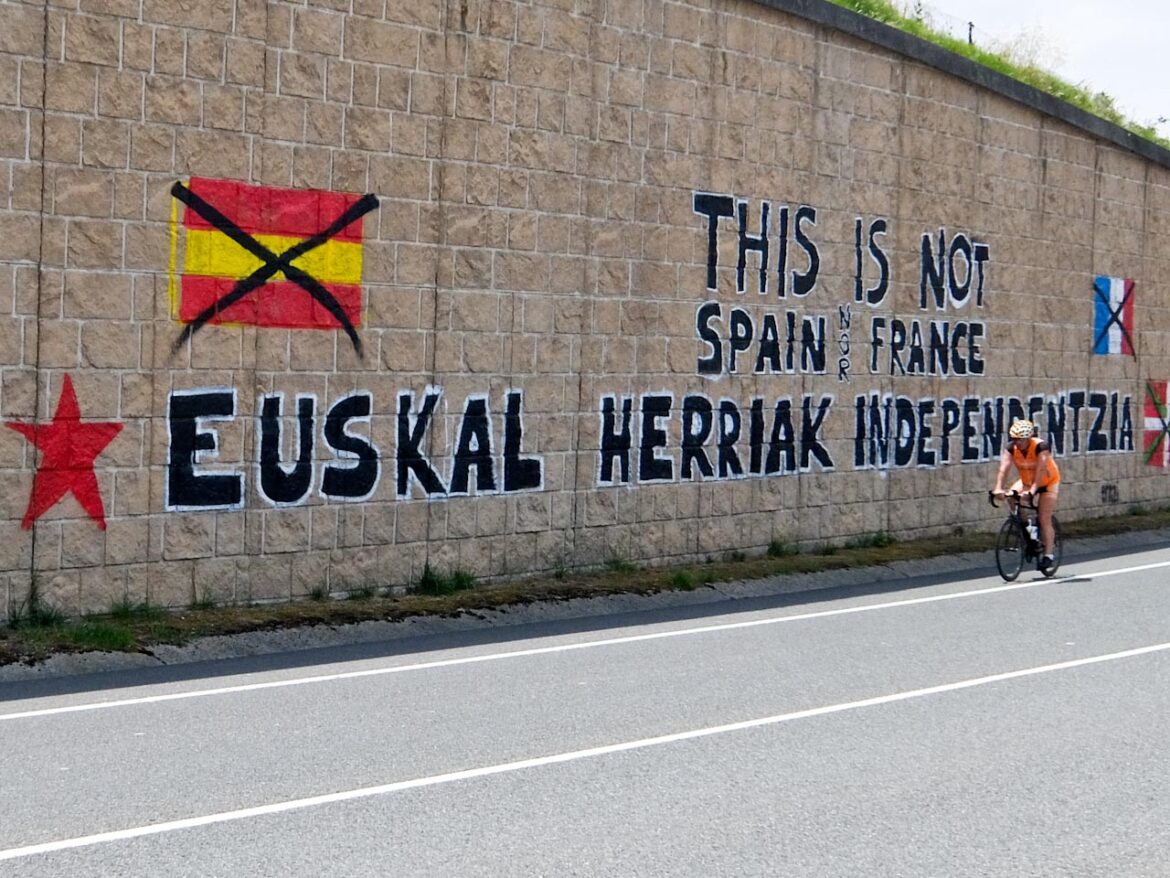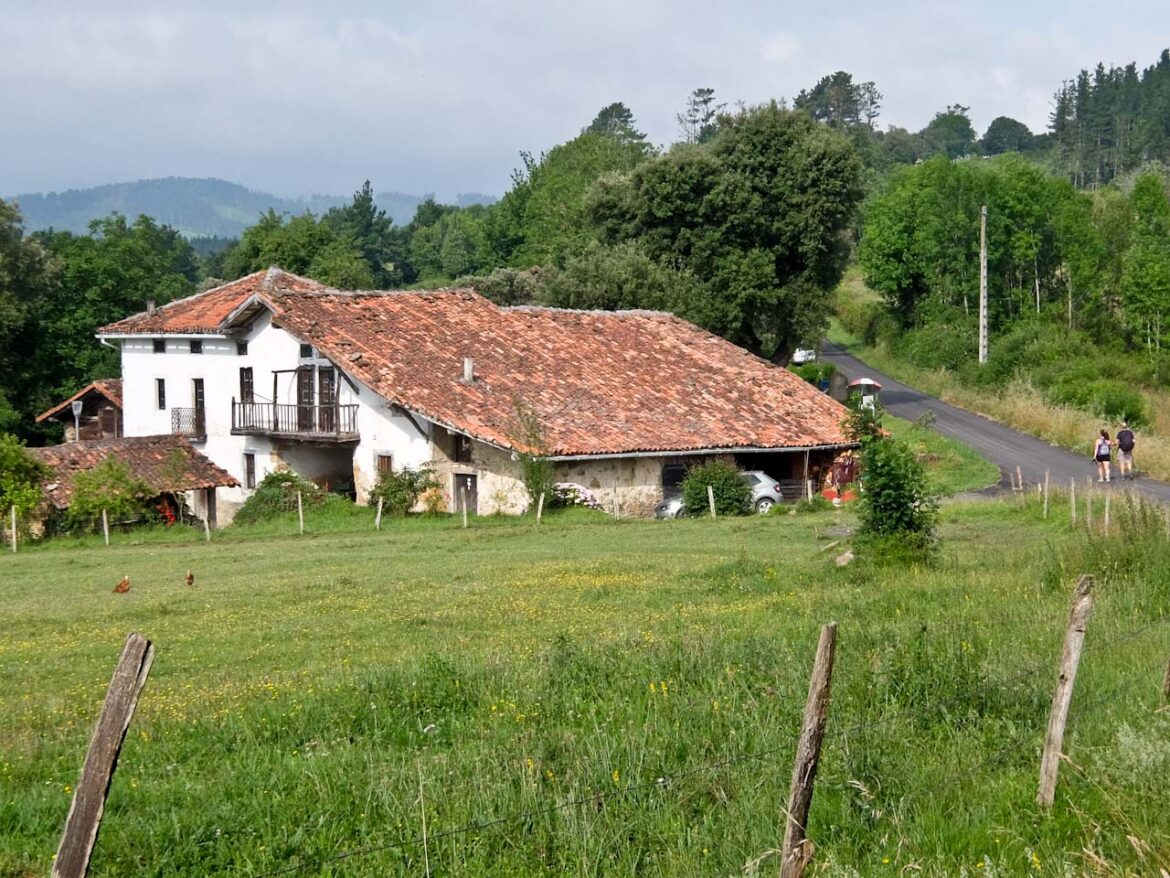Pilgrims have been making their way on foot (and cycle) to the great cathedral at Santiago by various “Ways”, the most popular being the Camino Frances, or the French Way. These days it’s difficult to avoid the crowds so the Camino del Norte is a more strenuous alternative with less people.
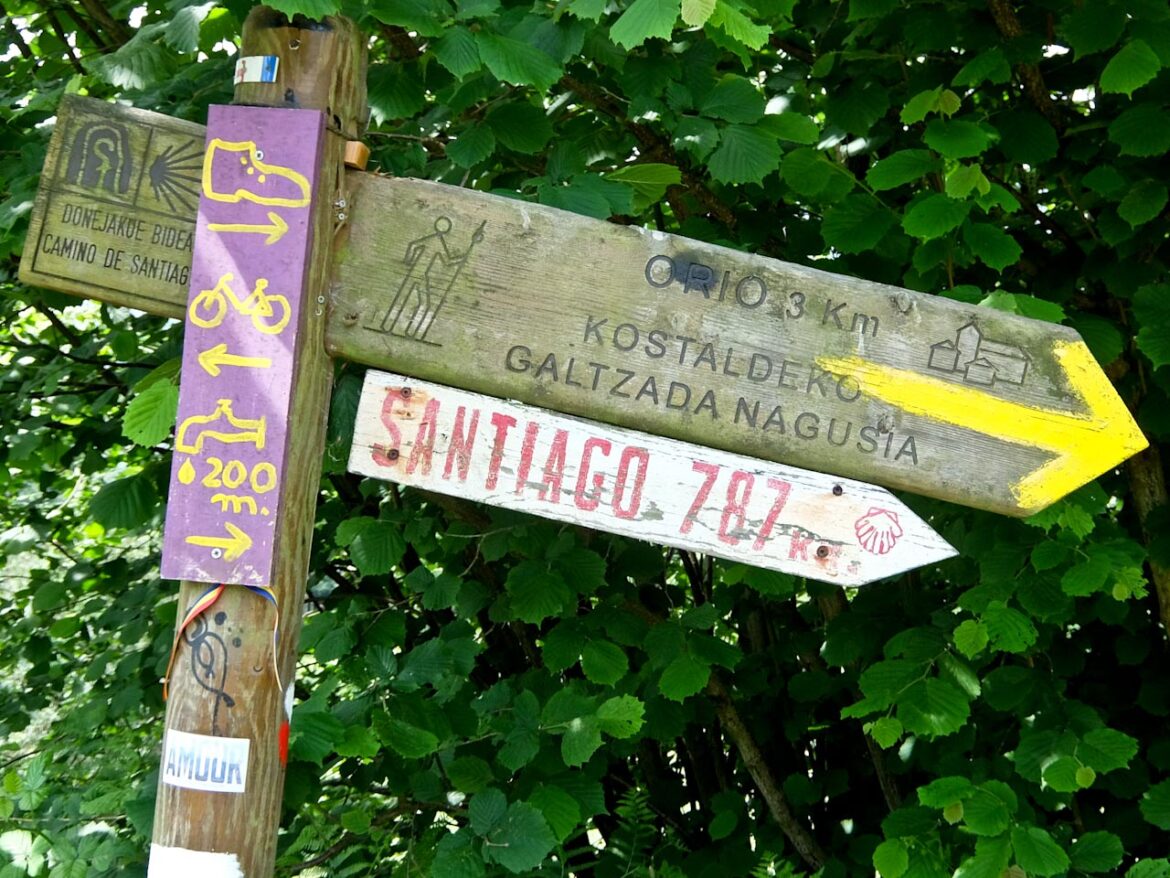
The Camino del Norte spans 822km, following the Bay of Biscay, from Irún, on the French border, to Ribadeo, before cutting inland towards Santiago. The full route takes about five weeks to complete but I’ve only got six days. So, I’m just going to walk the section along the coast, starting in San Sebastian and ending up in Bilbao.
The logistics mean I arrive on a Vueling flight from London in Bilbao and then take the bus to San Sebastian. It’s less than two hours this way, but covering the same ground on foot will take me six days. The green rolling hills, studded with quaint Basque farmhouses and lush forest, will be my constant companions for the next week.
San Sebastian to Zarautz 24km
It’s hard to leave the beautiful city of San Sebastian, with the sea looking very inviting, as the trail follows the long sandy beach. It soon climbs up to the headland beyond, well signed, and then follows the road to Orio. This is an attractive fishing port and I cross the bridge over the river and climb out of the town.
I now leave the coast and stroll through rolling hills, covered with vineyards and the occasional church. Soon, though, I’m back to the sea and drop down to Zarautz’s sandy beach, at 2.8 km, the longest in the region. At the far end is the resort, made popular in the early 20th century by the Belgian royal family who came here for their holidays. I’ve planned to take a dip in the sea, but I’m thwarted by heavy rain.
Zarautz to Deba 26km
The weather is improving and I take the road, following the coast to the fishing town of Getaria. From here it’s a steep uphill, on dirt roads and paved tracks, then a gentle descent to Zumaia, another typical Basque fishing port. Out of town, I leave the Camino to follow an alternative route through the Basque Coast Geopark.
This is a spectacular diversion with dramatic coastal scenery, layered sandstone cliffs sweeping down to the sea. These Flysch deposits, in alternate layers, record rapid changes in sea level. Over 60 million years they were pushed upwards, forming the strata I can see in front of me. Of course steep cliffs mean a lot of ups and downs and, by the time I arrive in Deba, I’m ready to drop.
Deba to Markina-Xemein 26km
I’m staying slightly out of town so I retrace my steps and cross the river. Then make a steep climb on a good track to the Ermita del Calvario. Here’s there’s an old Probadero, used by farmers to test the strength of oxen by getting them to drag rocks over cobblestones. The path carries on past Olatz on a mixture of roads and forest tracks, completely rural apart from, the occasional farm.
It’s a hot day and it’s important to stop for water breaks. As I result I end up chatting with my fellow pilgrims. There can’t be more than a handful, but they’re from all over the world including an elderly couple from China. Finally the track descends steeply to Markina-Xemein, a small town with a huge black marble quarry. My agro-tourism is just beyond which means I’ll have a head start tomorrow.
Markina-Xemein to Gernika-Lumo 25km
It’s a beautiful sunny morning and the first village is Ziortza-Bolibar, with its Simón Bolívar museum. His family left here for South America in the 16th century and he was born there four generations later. Just beyond, at the Monastery of Zenarruza, the priest offers to stamp my Camino pass but I tell him I’m not going all the way.
Steep steps lead down to the village of Munitibar, then Olabe, on a mixture of roads and paths. It’s getting very hot and there’s some welcome forest cover as I follow a stream. Then one last push uphill, with no shade, for a view over the modern city of Gernika.
The old town was destroyed by Franco’s bombers in the Spanish Civil War and they’ve not forgotten. Huge photographs in the square document the devastation and there’s a tiled version of Picasso’s famous painting nearby.
Gernika-Lumo to Larrabetzu 20 km
First, I make a visit to see the remaining sapling of the old oak tree where the Lords of Vizcaya gathered over the centuries to swear allegiance. Then it’s an uphill climb on the usual mixture of paths and forest tracks to 330m, before dropping down to the road. Still more climbing takes me up to the Altos de Morga and Aretxabalgane.
It’s very warm and I’m struggling but thankfully it’s now downhill to the village of Goikolexea followed by a long flat stretch of road. On its sides are painted slogans: “Freedom for the Basque Country and Their Political Prisoners” and “This is not Spain nor France – Euskal Herriak Indepentzia”. Soon I arrive in the pleasant town of Larrabetzu and celebrate with a beer in the main square.
Larrabetzu to Bilbao 14.1 km
I’m staying in a farmhouse above the town and I wake to thick mist. I’ve contemplated taking an alternative path over the hills, but visibility is zero so there seems no point. So, for two hours I follow the road through a cluster of small industrial towns, before turning into the forest. The trail goes upwards on a mix of road and track.
At the top is Monte Avril, a pleasant urban park with extensive views of Bilbao below. Unfortunately it’s still slightly misty, so visibility is limited, but I can make out my final destination. I drop down steeply, on a long series of steps, and arrive in the city at the Plaza de Unamuno. This is the heart of Bilbao’s Casco Viejo and my hotel is close by.
This is the end of my Camino, even though it’s still around 550km to Santiago. It’s been an exhilarating week, walking through the heart of the Basque country, fairly strenuous, but certainly rewarding. Food and wine have been excellent throughout and I’m now looking forward to Bilbao Pintxos, those Basque style tapas.
Factfile
GO: Camino Ways, the Camino experts, organise self-guided tours on the Camino de Santiago, including the Camino del Norte. A 7 night self-guided tour walking from San Sebastian to Bilbao starts at €905 (around £810) per person sharing, including accommodation in private en-suite rooms, breakfast, 4 dinners, luggage transfers, online tour pack with practical information and 24/7 assistance number.
Vueling offers connections between the UK and Spain and flies to Bilbao from London Gatwick seven days a week, averaging 22 weekly flights over the summer season. Single flights to Bilbao start from £28.86. There are currently 23 direct routes on sale for the summer season from the UK to Spain and other European destinations. Vueling also partners with Avikor to offer Sustainable Aviation Fuel to travellers, with over 100,000 holidaymakers opting to contribute over the last year.
The Gatwick Express is the fastest way to get to the airport from central London.

